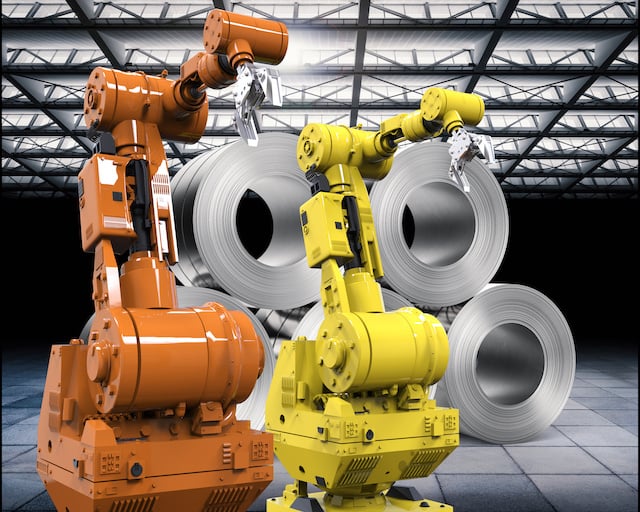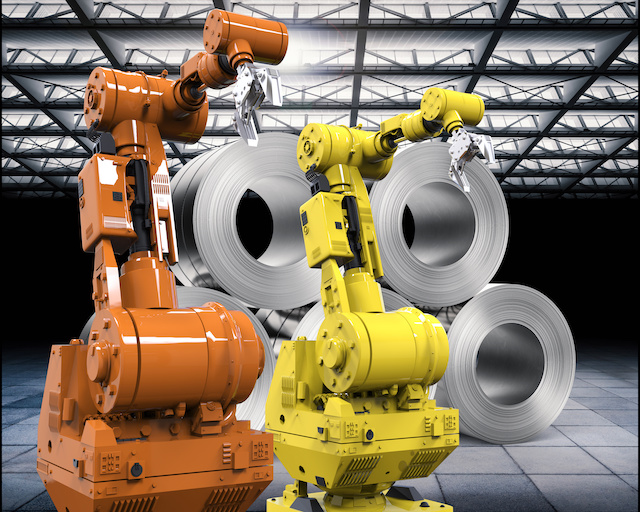
Back in 2016, the International Federation of Robotics (IFR) released its World Robotic Report, which forecasted that more than 1.4 million industrial robots would be installed in factories around the world by 2019.
As we sit on the cusp of entering that very year, we will get a chance to see whether this prediction does indeed come true. One thing for sure is that we will certainly see the continuing growth of robotics and automation in the manufacturing industry over the next 12 months.
In February, The Manufacturer will be hosting its Manufacturing Automation and Robotics Summit in Birmingham. This event brings together 80 manufacturing executives who span key industries to discuss and explore how automation can be expanded within their own manufacturing operations. And this is just one of many summits, networking events, trade shows and exhibitions based around industrial robotics and automation techniques. This forward-thinking and peer-to-peer collaboration will help to ensure that robotics is here to stay.
The UK itself does have a little catching up to do. According to a recent press release from the IFR, the five major markets buying industrial robots are China, Japan, South Korea, the United States of America and Germany. Between them they accounted for 73% of total sales in 2017. The biggest adopter of the technology so far is the automotive industry, followed by electronics. The metals industry is showing real growth with the implementation of Industry 4.0 strategies.
The robotic advantage
Robots are being more widely adopted across the manufacturing industry. Their advantage lies in being able to perform repetitive tasks faster and in higher volumes than a human counterpart.
While there are always concerns about automated processes signalling the end of production line roles for workers, robotics in industry opens up many new job opportunities. Robots need to be programmed, adapted, serviced, repaired, built and improved over time, which can only be done by a human worker. It is likely that we will see factories where robotic technology and people will work alongside each other to help improve productivity and efficiency.
The other big change in the robotics industry over the last few years is that the cost of producing them has fallen. A McKinsey&Company business report from 2017 states: “As robot production has increased, costs have gone down. Over the past 30 years, the average robot price has fallen by half in real terms, and even further relative to labor costs.”
Affordability is a key factor in the continued implementation of robots throughout the manufacturing industry. The other key factor is that there is a growing generation of young talent equipped with the skills to help propel the robotics and automation industries forward. Schools and colleges are teaching skills such as coding, programming and engineering from a much younger age.
Here at Corrotherm we’re always keeping one eye on the future, and 2019 is lining up to be an exciting year for Industry 4.0, robotics and automation.
 The future of robotics – what we can look forward to in 2019
The future of robotics – what we can look forward to in 2019

